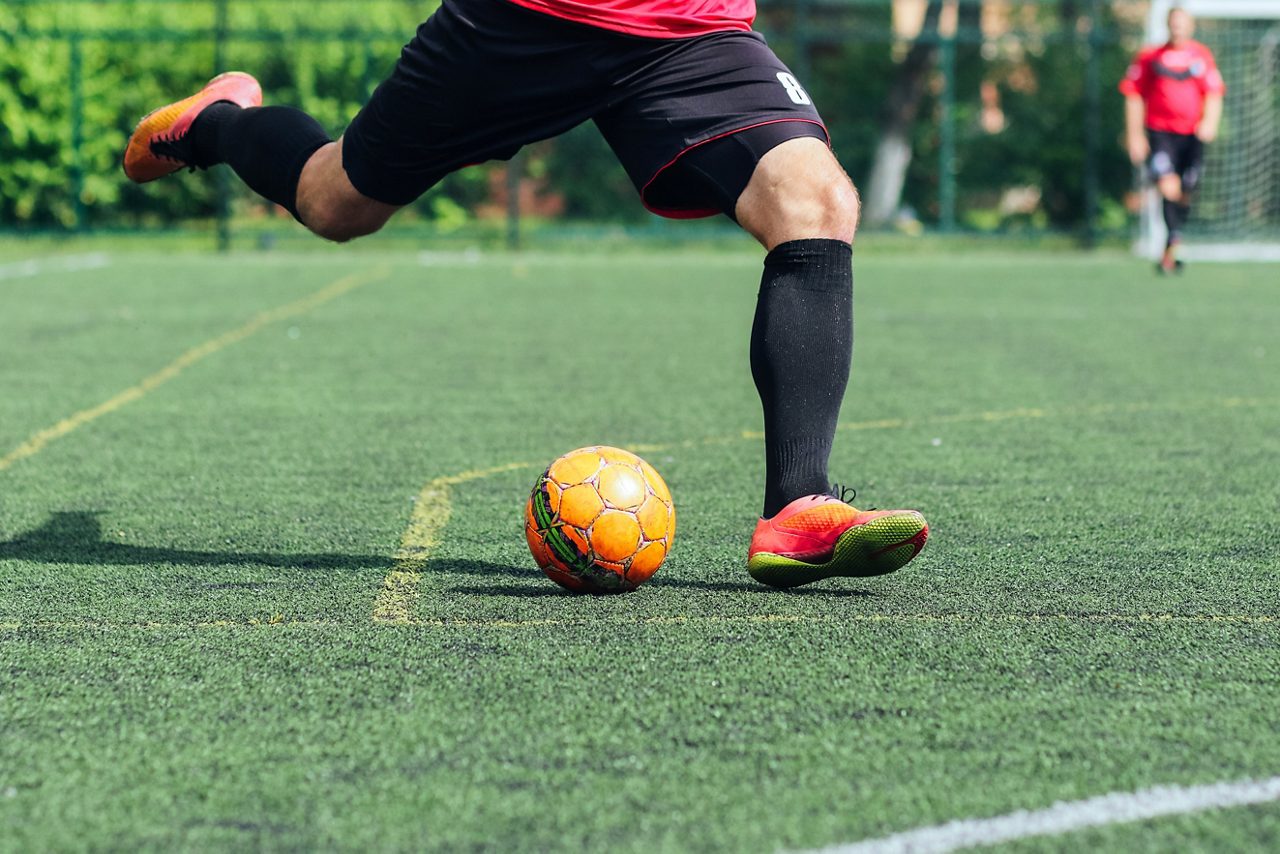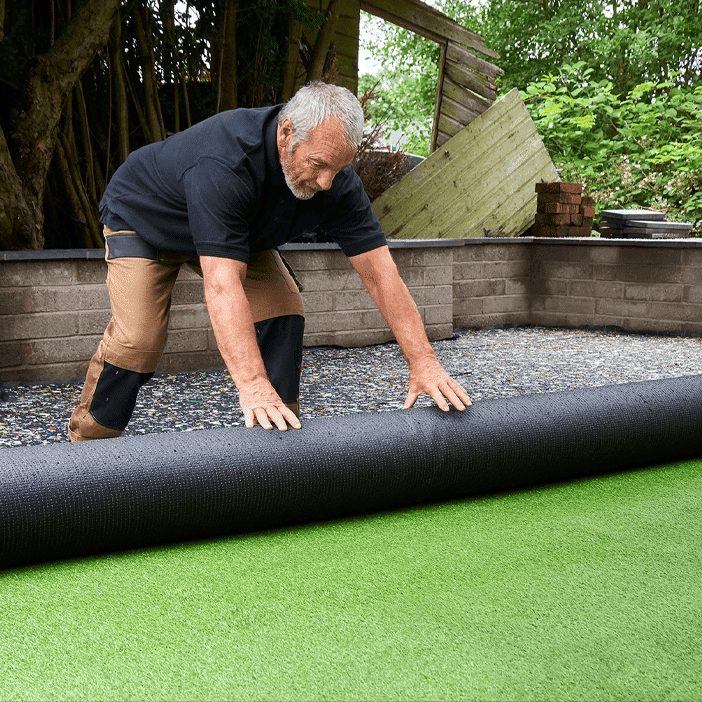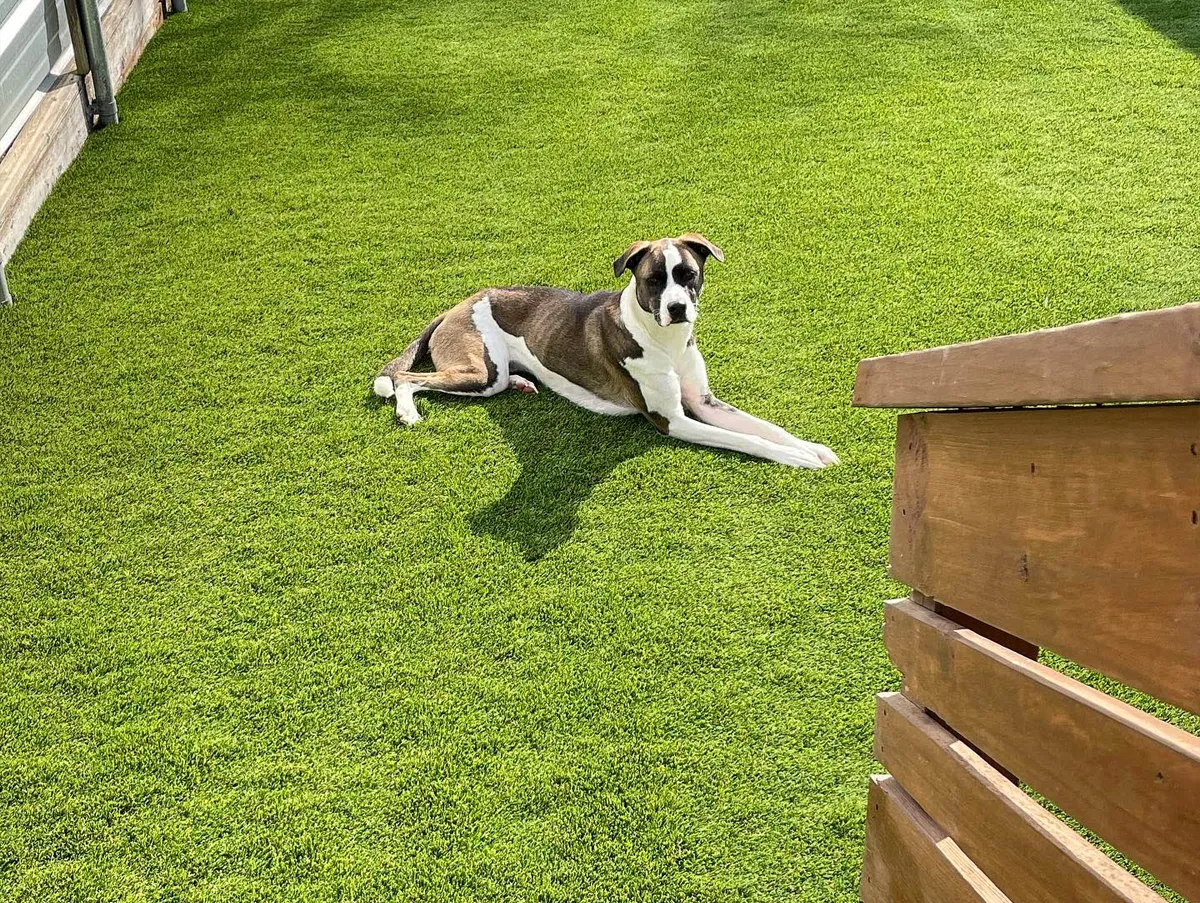Budget-Friendly Turf Installation Phoenix AZ for a Hassle-Free Lawn Solution
Budget-Friendly Turf Installation Phoenix AZ for a Hassle-Free Lawn Solution
Blog Article
Explore the Environmental Advantages of Opting for Synthetic Grass Solutions
The adoption of synthetic grass options provides a compelling possibility to attend to pressing ecological obstacles. By significantly lowering water use and reducing the application of unsafe chemicals, these choices not only promote lasting landscaping however also safeguard neighborhood communities. The lower carbon impact associated with decreased maintenance tasks adds to an extra sustainable approach to land administration. However, the effects of these benefits extend beyond plain conservation initiatives, questioning concerning their long-lasting influence on habitat preservation and total ecological balance. Exploring these dimensions exposes a complex interaction worth considering.
Water Preservation Conveniences
Among the most significant benefits of man-made turf is its capacity to preserve water. Typical grass yards call for substantial irrigation, especially in locations prone to dry spell or water constraints. On the other hand, synthetic grass does not require watering, substantially minimizing the total demand for water sources. This attribute is specifically advantageous in deserts where water scarcity is a pressing issue.
By removing the demand for normal watering, synthetic grass adds to sustainable landscape practices and aids minimize the environmental impact of too much water intake. Additionally, the conservation of water prolongs to the decrease of drainage, which can bring about soil erosion and waterway air pollution.
Additionally, the installation of synthetic grass permits property owners and towns to allocate water resources extra successfully, concentrating on necessary uses such as alcohol consumption water and farming. The shift in the direction of man-made grass not just advertises accountable water use but additionally lines up with broader ecological goals focused on maintaining natural deposits.
As neighborhoods increasingly prioritize sustainability, the water preservation advantages of artificial grass provide an engaging instance for its fostering in residential and industrial landscape design projects.
Minimized Chemical Usage
The change to synthetic grass substantially decreases the reliance on chemical treatments commonly made use of in natural turf upkeep. Standard grass monitoring commonly involves the application of herbicides, fertilizers, and pesticides to advertise development and control bugs. These chemicals can position dangers to human health and wellness, regional wildlife, and the atmosphere, adding to dirt and water contamination.
In comparison, fabricated grass gets rid of the demand for these unsafe materials. By lessening the release of artificial substances into the ecological community, artificial grass advertises healthier dirt and water systems.
Additionally, the lack of chemical drainage related to man-made turf installations assists safeguard regional rivers from air pollution, supporting marine life and preserving biodiversity. Phoenix turf companies. As communities progressively focus on sustainable practices, choosing for artificial turf offers a sensible solution that straightens with environmental conservation goals. Via this change, homeowner can delight in rich environment-friendly spaces without endangering eco-friendly health, leading the means for a much more sustainable future
Lower Carbon Footprint

Additionally, the installation of synthetic grass can result in considerable water preservation. All-natural lawns call for substantial amounts of water for irrigation, which not only includes in the carbon impact associated with water extraction and therapy yet also stress neighborhood water resources. In contrast, synthetic grass needs very little upkeep, requiring no watering, thus significantly decreasing water use and its linked energy expenses.
Furthermore, the long life of synthetic grass contributes to its reduced carbon effect. With a life expectancy of approximately 15 years or check here even more, the demand for constant substitutes is lessened, resulting in less waste and reduced energy consumption in manufacturing and throwing away typical yard choices. Overall, synthetic grass presents a sustainable option for environmentally conscious landscaping.
Habitat Preservation
Habitat preservation is an important factor to consider in the discussion over landscape design options, especially when comparing synthetic lawn to all-natural lawn. All-natural yard yards commonly need comprehensive maintenance, including making use of herbicides, pesticides, and fertilizers, which can adversely influence neighborhood environments. These chemicals can leach right into the soil and rivers, hurting native vegetation and fauna and interfering with regional environments.
Artificial turf gets rid of the requirement for hazardous chemicals, consequently shielding neighboring wild animals and keeping the honesty of bordering communities. The setup of man-made lawn can lead the original source to the conversion of previous yard areas into even more biodiverse landscapes, such as pollinator gardens or native plant locations, which can sustain neighborhood wild animals.
Inevitably, the transition to fabricated grass not just saves water and lowers upkeep efforts but likewise promotes a much more harmonious relationship in between human tasks and the natural surroundings, advertising environment conservation at the same time.
Long-Term Sustainability
Long-term sustainability is a critical factor in evaluating the benefits of synthetic turf over typical lawn lawns. One of the most substantial advantages of synthetic lawn is its longevity; it can last as much as 15-20 years with minimal upkeep, whereas natural turf calls for regular reseeding and replacement. This long life decreases the need for consistent resources, such as water, plant foods, and pesticides, which are essential for preserving a healthy yard lawn.
In addition, synthetic grass adds to a reduction in carbon exhausts related to grass care tools. Conventional grass commonly require gas-powered lawn mowers, leaners, and blowers, all of which add to air pollution. Arizona turf. In contrast, fabricated turf gets rid of the demand for such devices, advertising a cleaner environment
Furthermore, the manufacturing of synthetic grass progressively makes use of recycled materials, enhancing its sustainability profile. As suppliers adopt green methods, the ecological impact of synthetic grass proceeds to lessen.

Conclusion
The adoption of synthetic grass services provides considerable environmental advantages, including substantial water conservation, reduced reliance on damaging chemicals, and a lower carbon impact. Fabricated turf help in maintaining all-natural environments by reducing land disturbance and promoting long-term visite site sustainability via the usage of durable materials. Collectively, these variables emphasize the capacity of synthetic grass to add favorably to environmental health and offer a sensible choice to standard landscaping techniques in a significantly resource-conscious globe.
In comparison, synthetic grass does not need watering, significantly lowering the general need for water resources. By decreasing the release of artificial compounds right into the environment, artificial lawn promotes much healthier soil and water systems.
In addition, the setup of artificial lawn can result in considerable water preservation. In contrast, fabricated grass needs marginal maintenance, requiring no watering, therefore substantially decreasing water use and its associated power expenses.

Report this page